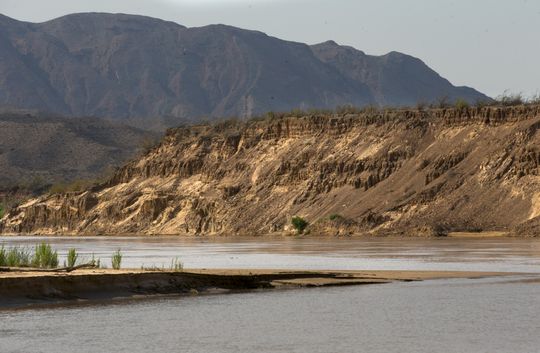SOURCE: AZ Central (USA Today)
DATE: September 7, 2018
SNIP: Since 2000, the amount of water flowing in the Colorado River has dropped 19 percent below the average of the past century, a decline that has left the Southwest on the brink of a water shortage.
Now, new research indicates that a large portion of that decline isn’t due to less rain and snow falling from the sky, but to warmer temperatures brought on by climate change.
Scientists from the University of California-Los Angeles and Colorado State University found that about half the trend of decreasing runoff from 2000-2014 in the Upper Colorado River Basin was the result of unprecedented warming across the region.
“A good chunk of the decline we’re seeing right now is temperature-related. And as the Earth continues to warm, we’re going to see less flow in the river,” said Brad Udall, a water and climate scientist at Colorado State University who co-authored the research. “We need to prepare for a river that has significantly less water in it.”
[The researchers] calculated that 53 percent of the trend was linked to warming, which has shrunk the average snowpack in the mountains, boosted the uptake of water by plants and increased the amount of water that evaporates off the landscape.
The researchers attributed the remaining 47 percent of the decrease in the river’s flow to shifts in precipitation patterns, with less rain and snow falling in four areas of Colorado that tend to be especially productive in feeding tributaries in the Rocky Mountains.
The study, which was published Aug. 30 in the journal Water Resources Research, is part of growing body of scientific research examining how global warming is affecting the Colorado River and how rising temperatures are likely to affect water supplies in the future.
In another study last year, Udall and climate scientist Jonathan Overpeck used climate models to estimate a business-as-usual scenario of greenhouse gas emissions. They projected that without changes in precipitation, warming will likely cause the Colorado River’s flow to decrease by 35 percent or more this century.
The Colorado River and its tributaries provide water for about 40 million people and more than 5 million acres of farmland from Wyoming to Southern California.

